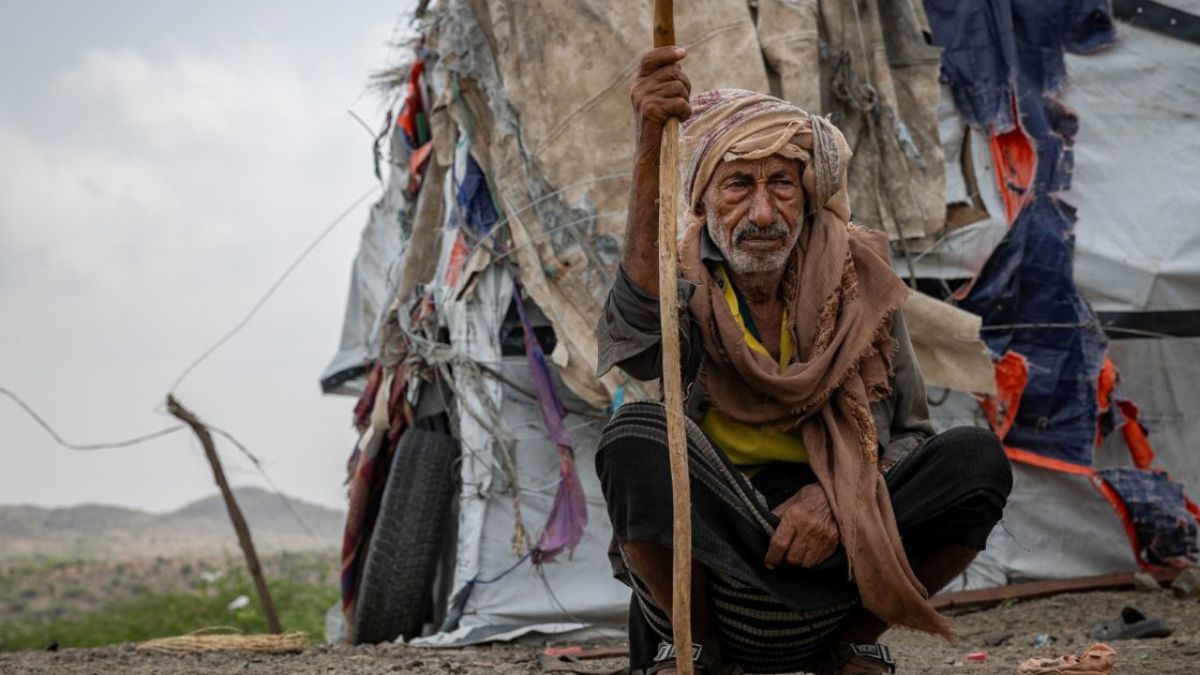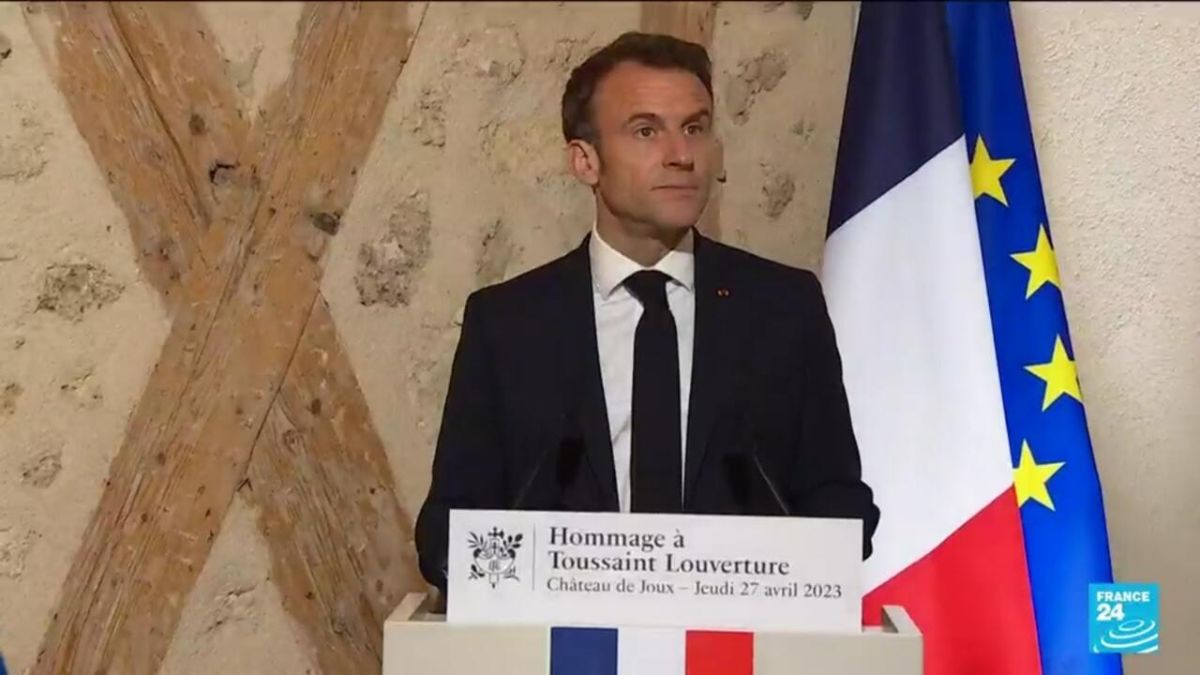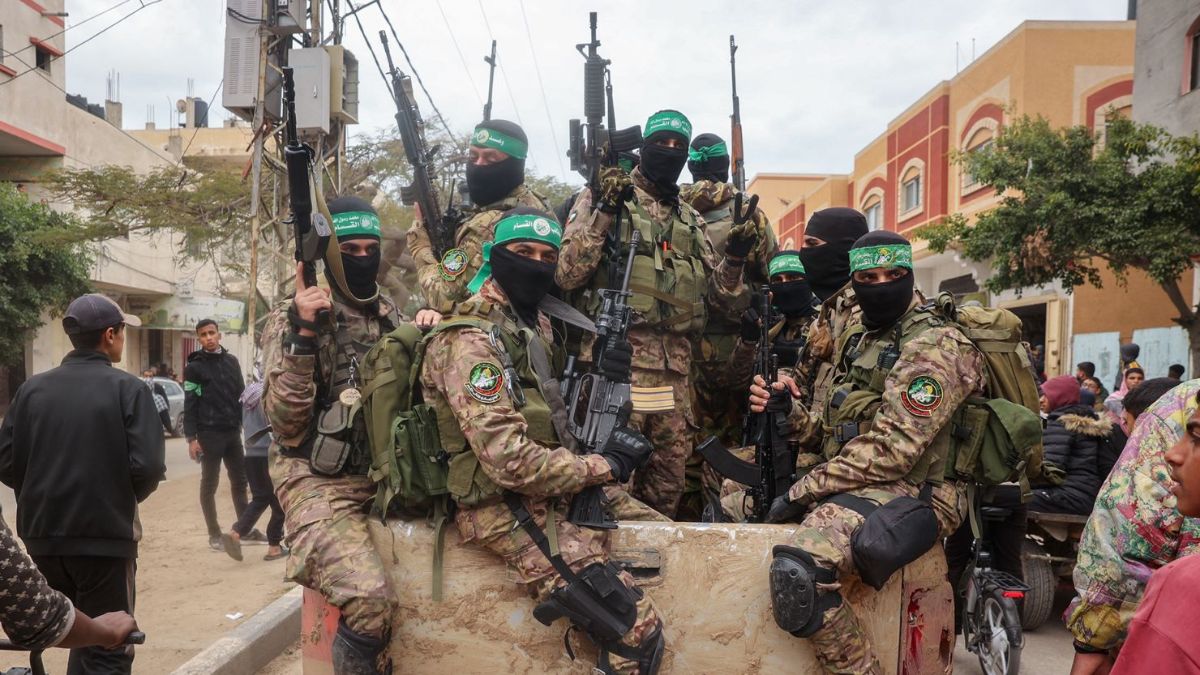The US has upped its military action against Houthi rebels in Yemen with a fatal airstrike on the strategic Ras Isa port, causing one of the highest civilian fatality counts since escalation of the conflict early this year. The attack on the strategic port facility caused 74 fatalities, including 171 injured, who comprised mostly civilian port workers as well as workers who happened to get trapped by the attack, as per Houthi-aligned health officials. The attack reflects the deepening complexity of Yemen’s multi-faceted crises where geopolitics, humanitarian crises, as well as regional struggles for power, have become irrevocably entwined.
The strategic thinking behind the airstrikes
CENTCOM described the action as a strike on military and economic infrastructure. CENTCOM emphasized, in a statement, that the target of the attack had been specifically the Ras Isa port oil storage and distribution facilities, the purported main income source for Red Sea activity of the Houthis. The Biden administration had previously acted to reduce U.S. involvement in Yemen, but the return of the Trump administration in January 2025 involved a swift reversal, with a new emphasis on military pressure across the region on Iranian-aligned forces.
But the cost in human life for this campaign is prompting outrage. Local sources estimated that the attack occurred during peak working hours, catching dockworkers, lorry drivers, and portworkers within the blast radius. Ras Isa is not only a Houthi economic asset, but it’s a pivotal node of Yemen’s fragile supply chain, importing an estimated 70 percent of the country’s petrol, as well as 80 percent of its humanitarian aid consignments. Bombing such infrastructure will only add to Yemen’s humanitarian disaster, where more than 12 million of its citizens live displaced, with upwards of millions of others suffering acute food insecurity.
Regional Reactions and Escalating Tensions
The strike fueled an already volatile regional situation. Houthi leaders issued defiant remarks, with top movement official Mohammed Nasser al-Atifi stating the bombings would only strengthen Yemenis to continue their assaults on Israeli-linked shipping in solidarity with Gaza. The Houthis have mounted over 100 maritime raids since November 2023 and have framed their campaign as a direct response to Israel’s military actions within Palestine.
Regional actors meanwhile responded with measured silence. GCC members, above all Saudi Arabia and the UAE, have said nothing publicly, reflecting their delicate balancing act—against Houthi encroachment, against doing anything further that would destabilize Yemen. Iran, the Houthis’ backing nation, has remained silent publicly, though analysts believe Tehran will depict the incident as a means of furthering its credentials for the story of U.S. aggression within the region.
The UN, while not issuing an official declaration, is already warning that the attack on critical infrastructure like Ras Isa could have catastrophic ripple effects. The UN Development Programme (UNDP) regards the port as being of “irreplaceable” significance for the economic survival of Yemen, warning its destruction will exacerbate shortages of the fuel, hinder the delivery of aid, as well as further deepen the economic collapse of the country.
Wider Implications for U.S. Policy and Regional Stability
The 2021 US withdrawal from Yemen had been intended as a departure from constant military presence in the region. The re-escalation by the Trump administration, however, restarted an assertive policy, along with the same underlying issue of long-term sustainability of an airstrike- and economic warfare-driven policy.
Second, the humanitarian cost of such attacks risks reversing any gains made on the military front. Yemenis have suffered nearly a decade of civil war, blockade, and economic disaster, and will not see U.S. actions as legitimate so long as they are inflicting massive numbers of civilian casualties. Bombing entry routes, as well as resupply routes, not only demoralizes the Houthis—it puts the very survival of regular Yemenis who depend on such routes for food, medicine, and petrol at risk.
Second, the bombardments can have the perverse consequence of reinforcing the Houthis domestically. Previous military pressure on the group had strengthened its popular base of support, portraying the conflict as a struggle of national resistance to foreign aggression. By escalating bombardments with no visible diplomatic off-ramp, the U.S. could be solidifying the Houthis’ position rather than undermining it.
Thirdly, there are stakes that cannot be avoided regionally. While the conflict continues unabated in Gaza, tensions between Israel and Iran are hot, further instability within Yemen is likely to spill over into surrounding nations. The Red Sea remains an important international trade lane, and continued Houthi interdictions—or retaliatory US action—threats to ignite broader economic and security crises.
Options for Progress: Military Pressure or International Negotiation
The overarching question for US policymakers is how further action is supposed to accomplish its stated goals without precipitating a wider humanitarian as well as geopolitical disaster. Several key issues must guide policymakers before:
- Humanitarian Safeguards – There must be rigorous controls for preventing civilian casualties. The U.S. must not make the same mistakes of past wars in the Middle East, where indiscriminate force eroded local legitimacy as well as fueled long-term insurgencies.
- Diplomatic Outreach – There is no purely kinetic solution possible. The U.S. must engage regional allies, including Saudi Arabia and Oman, to bring an effort of negotiated resolution of Houthi aggression, as well as of underlying causes of conflict in Yemen.
- International Coordination – Authorize the UN, as well as humanitarian organizations, to coordinate the delivery of aid and rebuilding, primarily where infrastructure is targeted.
- Strategic Reconsideration – The United States must evaluate whether escalation is still in its broader interests. If its goal is stability in the region, other choices—such as sanctions relief for Houthi de-escalation—must be weighed.
Conclusion: A Crisis at a Crossroad
The US attack on Ras Isa is a tipping point for Yemen’s protracted conflict. While Washington views military pressure as a measure necessary to contain Houthi aggression, short-term consequences—civilian loss of life, infrastructure collapse, and regional pushback—signal that the current trajectory is risky. There is a risk that, rhetoric aside, the Trump administration will make matters worse for Yemen, with minimal security dividends, except with a diplomatic approach. By contrast, de-escalation alongside negotiated settlements can provide a window for stability over the long-term. The world, including the Gulf stakeholders, as well as the UN, must now choose between endorsing further escalation, or calling for a less belligerent approach. One thing is certain: Yemen’s destiny will echo far beyond its borders, affecting Red Sea security, American credibility within the region, and the potential for peace within one of the world’s most devastating humanitarian crises.




